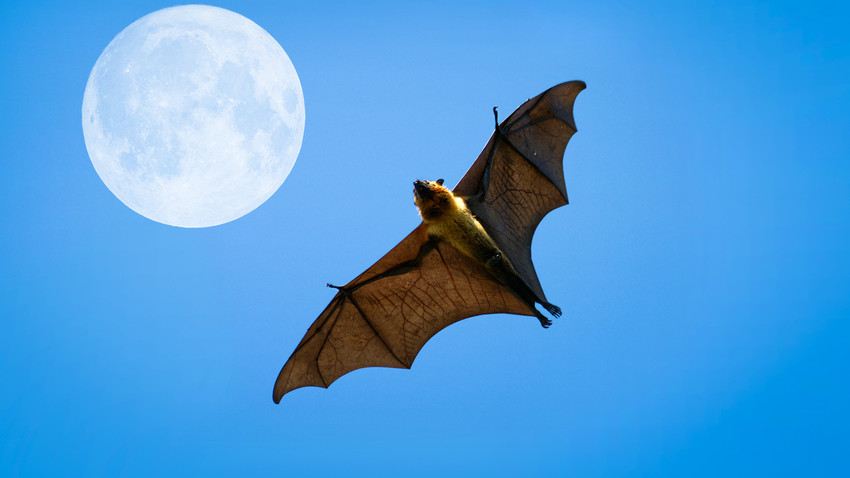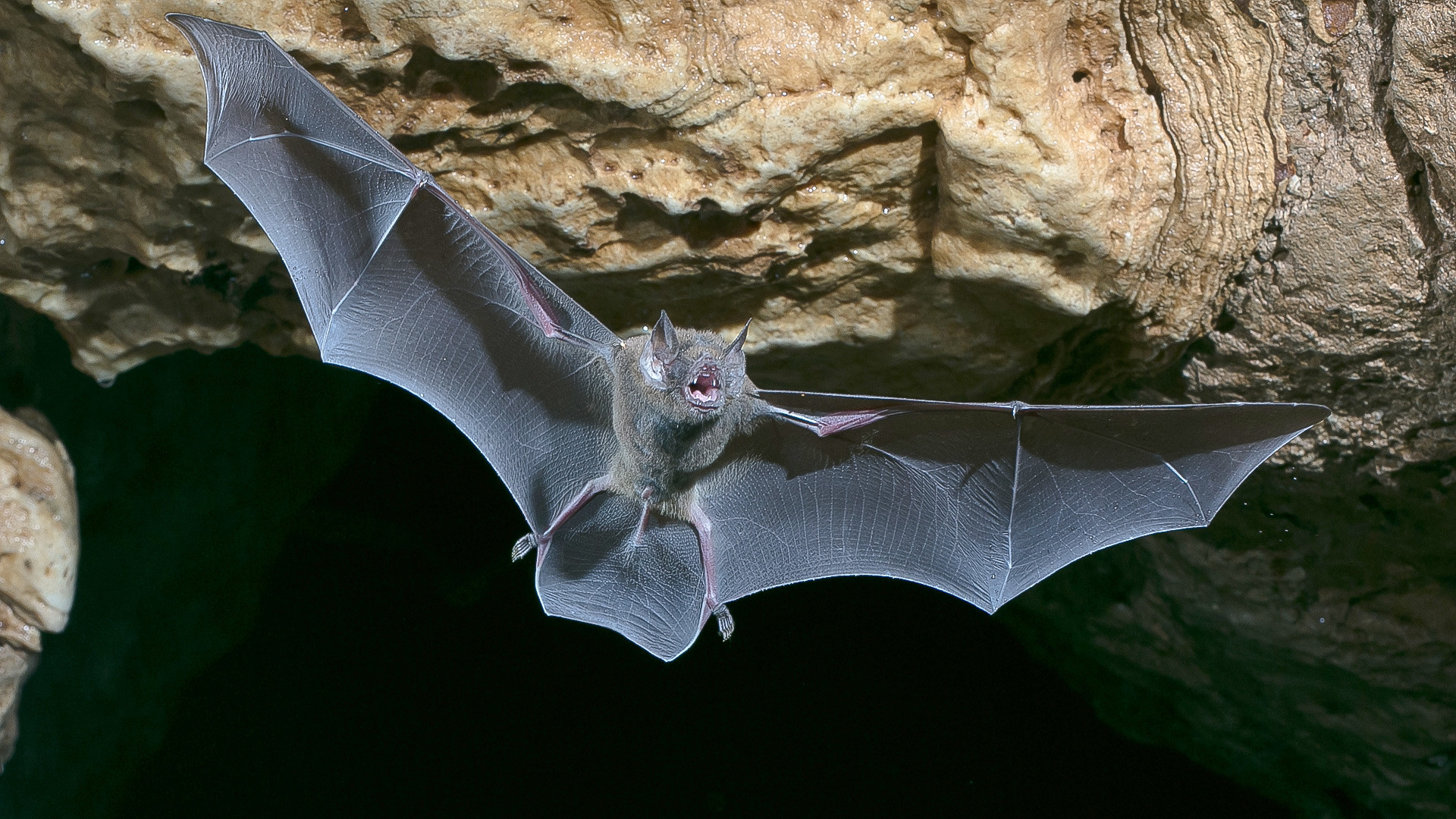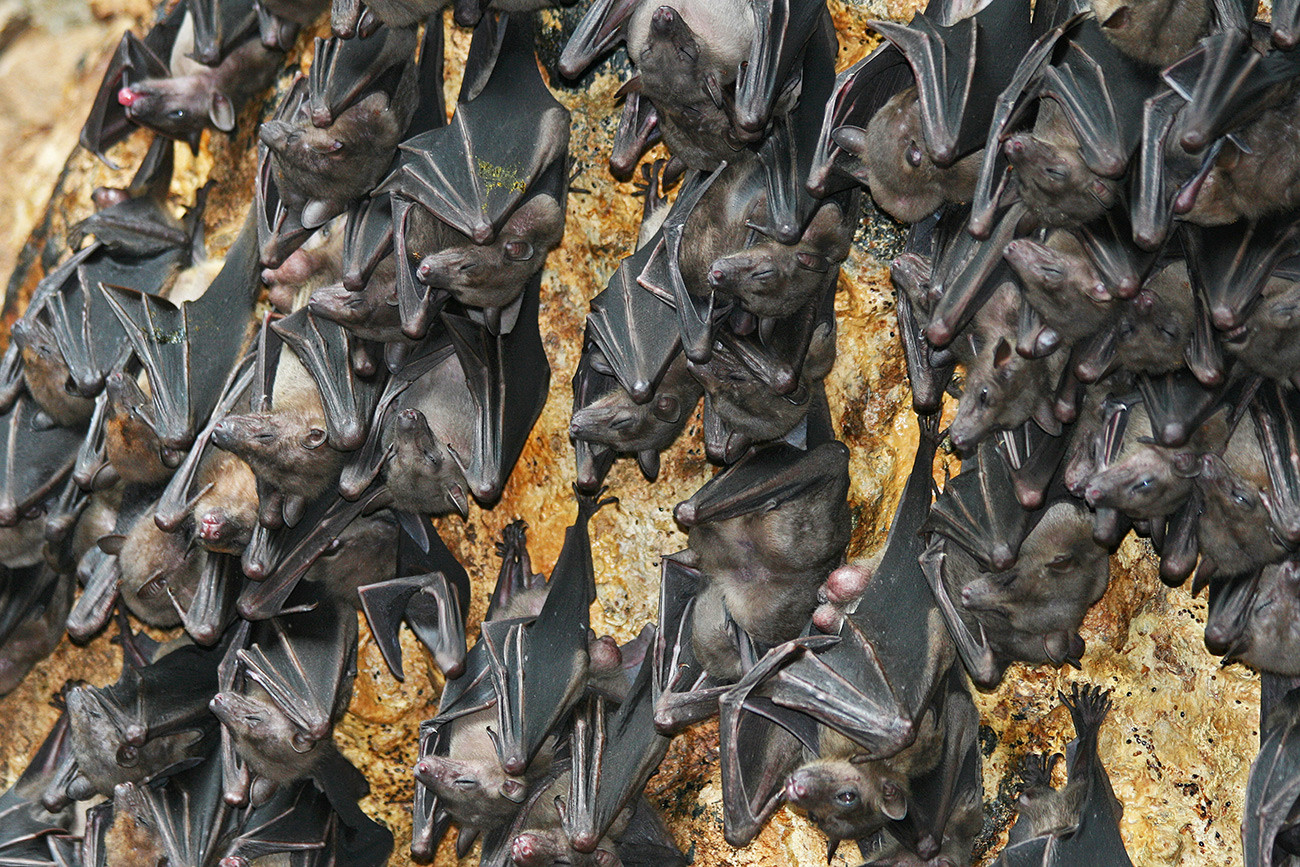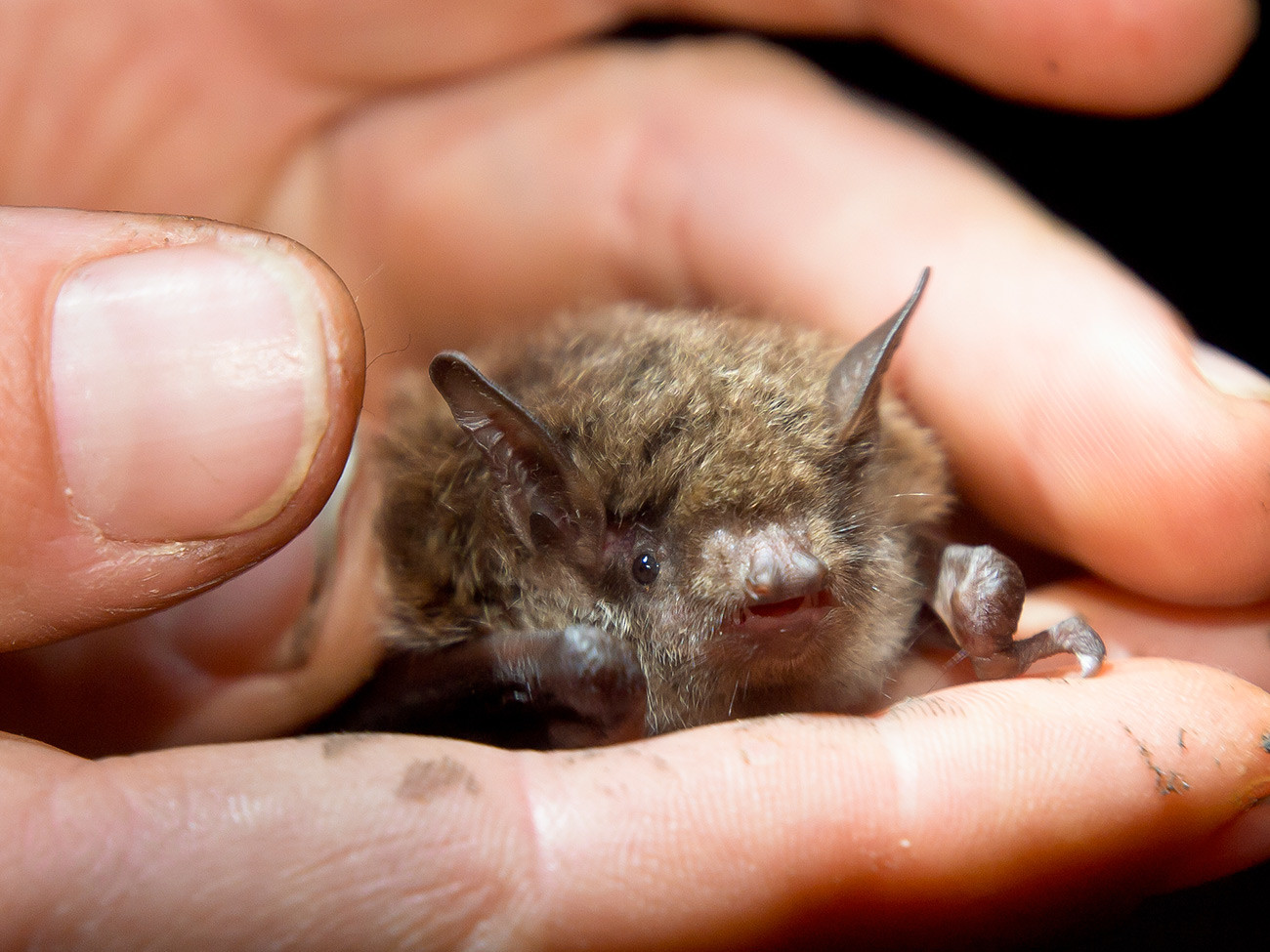Are there any vampires lurking among Moscow’s bats?

Arriving home from work, Elena opened the window as usual. Her apartment faces west and gets very hot in the afternoon when the sun is up and about. But that day, when she turned off the light to go to bed, she heard a shrill squeak and a rustling noise. Despite groping around all the corners in the room, she could not locate the source. The sound soon stopped and she managed to calm down, but two days later she found a dead bat behind the potted plant in her room. Horrified, and believing she was being pursued by an evil spirit, she threw the bat out the window before going to the local church to ask the priest to consecrate her apartment

They’re waking up
Although few people know of the existence of bats in Moscow, at least five species have long lived in the Russian mega-capital. And some, according to scientists, have begun to wake up prematurely (the wing-handed creatures normally start to emerge from hibernation in late April-early May when there are enough insects to eat).
The most prevalent is the dichromatic brown bat. As Sergei Kruskop of the Zoological Museum of Moscow State University told Russia Beyond, this species is calm or even indifferent to the presence of humans. Other members of the species—the forest bat, the red noctule, the brown long-eared bat, and the water bat — are far less common. “How many of these animals there are in Moscow, and whether their population is growing, is difficult to say. Even ballpark figures can fluctuate wildly in either direction. There’s no one officially keeping count,” says Kruskop

Any vampires?
Other people have been encountering bats in some highly unexpected places. This usually happens when the animals have chosen an inappropriate place for hibernation during the cold season.
“There are cases when their choice of ‘bedroom’ leaves a lot to be desired. For example, in places prone to sudden temperature swings or drafts, the bats wake up. They then try to find more comfortable conditions and may inadvertently end up in someone’s office or kitchen,” says Kruskop

Given the variety and
What to do if you find a bat
If you discover a bat, don’t panic and don’t try to grab it. First, it will not attack you, and second, you might hurt it. These animals have very delicate membranes and brittle bones that are easily injured. Moreover (and this bit is scary), they might have rabies and could bite you out of fear. Therefore, experts caution against touching the animal with your bare hands. Always use a towel, for instance. Then take the bat to an expert. Moscow Zoo, for example, is home to a rehabilitation center dedicated to bats. It is a sanctuary for bats that for one reason or another have woken up early.

“All types of bats that you might find in Moscow are in the IUCN Red List. These mammals need to be
She explains that bats are not pests, but very useful animals. In her opinion, this is well understood in Western countries, where the issue is even taken into account in urban planning policy. “In European countries, houses and buildings are fitted with special voids for bats to settle,” says Ilchenko.
If using any of Russia Beyond's content, partly or in full, always provide an active hyperlink to the original material.
Subscribe
to our newsletter!
Get the week's best stories straight to your inbox